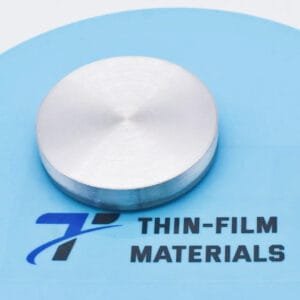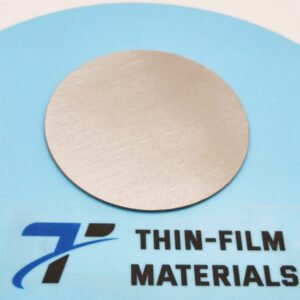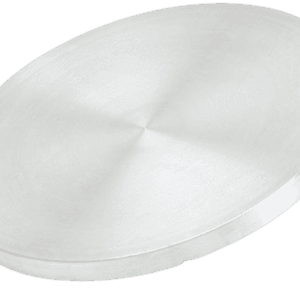Vanadium Dioxide Sputtering Target Description
Vanadium Dioxide (VO2) Sputtering Target is a specialized material used in the sputter deposition process, which is a technique for producing thin films across various applications, including electronics, optics, and coatings.
VO2 is particularly notable for its metal-insulator transition property. At a specific transition temperature, VO2 shifts from an insulating state to a metallic state, resulting in a significant change in its electrical conductivity. This unique characteristic makes VO2 highly valuable for advanced electronic and optical applications where tunable conductivity is desired.
Related Product: Vanadium Nitride Sputtering Target
Vanadium Dioxide Sputtering Target Specifications
| Compound Formula | VO2 |
| Molecular Weight | 82.94 |
| Appearance | Black Target |
| Melting Point | 1967℃ |
| Density (g/cm3) | 4.339 |
| Available Sizes | Dia.: 1.0″, 2.0″, 3.0″, 4.0″, 5.0″, 6.0″ Thick: 0.125″, 0.250″ |
Vanadium Dioxide Sputtering Target Handling Notes
Indium bonding is recommended for the Vanadium Dioxide (VO2) Sputtering Target due to certain characteristics that make it less suitable for sputtering in its raw form, such as brittleness and low thermal conductivity. These properties make the material susceptible to thermal shock during the sputtering process. Indium bonding helps to mitigate these issues by providing a more stable and conductive interface, improving the overall performance and longevity of the sputtering target.
Vanadium Dioxide Sputtering Target Application
Vanadium Dioxide (VO2) Sputtering Target is used in a range of applications across electronics, optics, and coatings. The unique properties of VO2, such as its metal-insulator transition, make it particularly valuable in the development of advanced electronic devices, optical components, and specialized coatings.
Vanadium Dioxide Sputtering Target Packaging
Our Vanadium Dioxide Sputtering Targets are meticulously handled during storage and transportation to ensure they remain in their original, high-quality condition.





Reviews
There are no reviews yet.